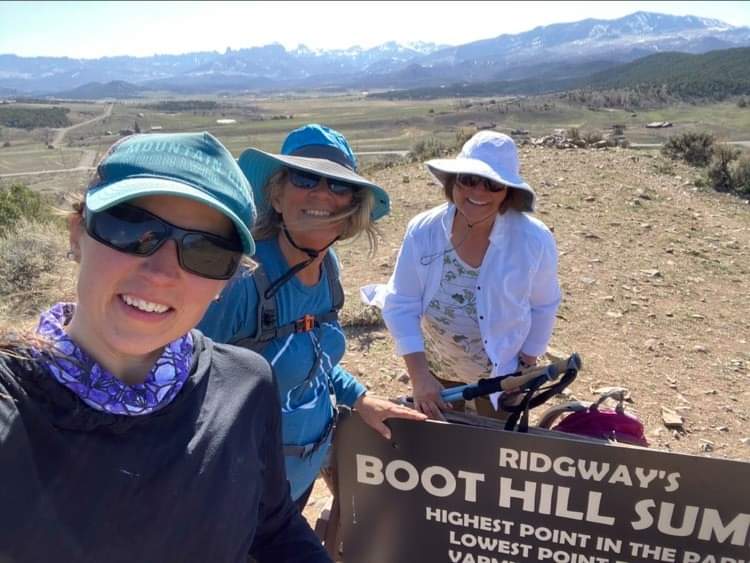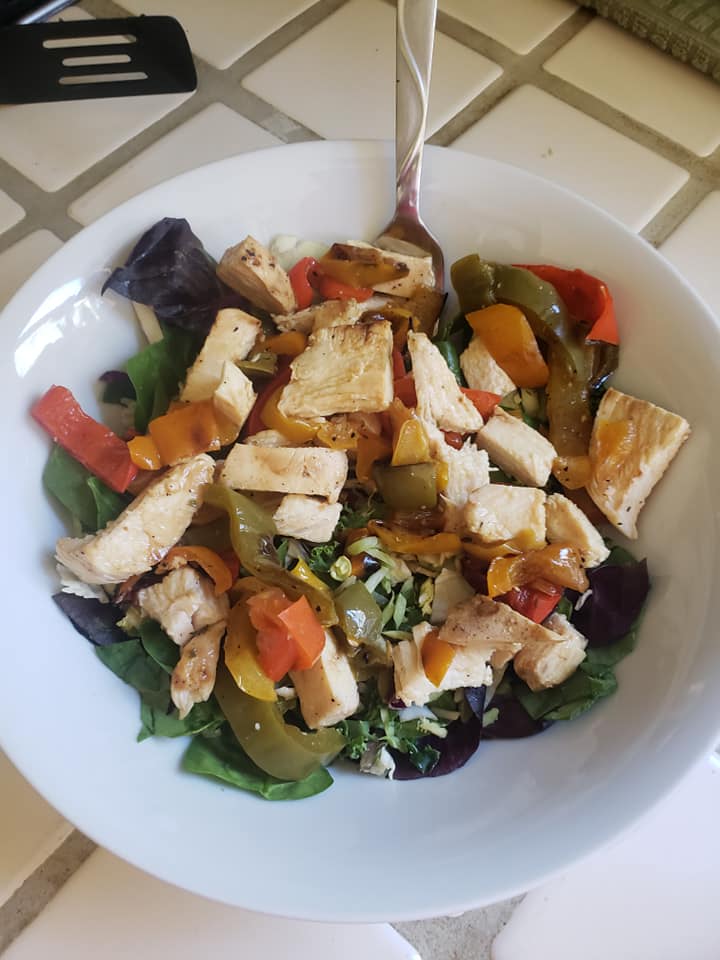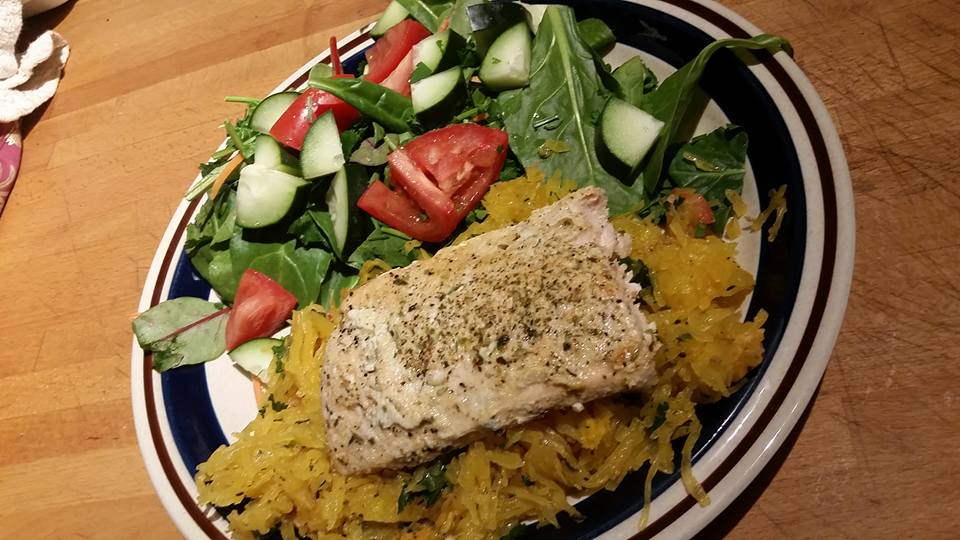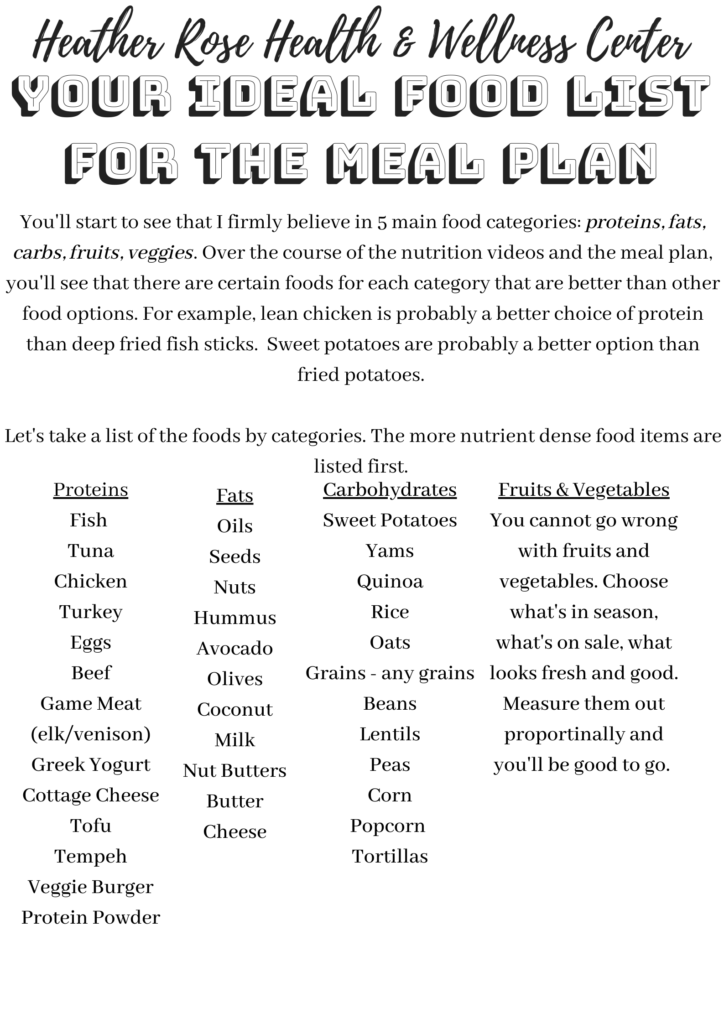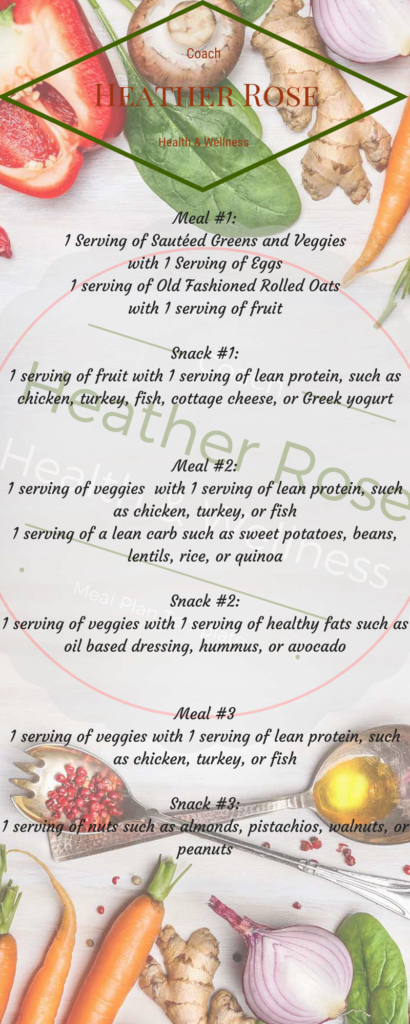Exploring Your Potential, Finding Your Worth
Last month we hit one year of living the new, “virtual” lifestyle. While it hasn’t been ideal for everybody, we did take time you celebrate one year of our virtual communities, new friendships, and our newly found value of health over the year.
If there’s one thing a year of COVID precautions has taught our culture, it’s that we do indeed want to live, we want to keep our bodies safe, healthy, and protected. Whether in terms of COVID or not, we value our lives and the lives of others, including the elder. We are willing to go the extra efforts to protect ourselves and others in order to live out a life of quality and potential.
We are learning to go the extra mile to prioritize our own health, our potential, our self worth. This is a topic I presented my clients with last week. I asked some very tough questions and scenarios…
I challenged the ladies to think about the theme “peak potential.” I challenged them to recognize that there are some areas of our lives where we are living above and beyond potential, yet on the flip side there are areas where we are not fully reaching maximum potential.
I presented a few open ended questions and let the ladies take notes. A week has passed and we’ve had a chance to explore our potential. Exploring the answers within, where our potential is, where we are maxing our energy, has not been an easy feat whatsoever. It’s a deep topic, and can be overwhelming. But one thing for sure is that my wish for all women and their mental health is to not only know their potential, but value their worth.
Speaking of potential + self worth together….
Every day that you spend working towards your potential is 24 hours of honoring your worth, knowing your value. Every hour that you spend bettering yourself is 60 minutes of honoring your that. Every minute is 60 seconds of time well spent.
As you inch closer and closer to your potential each day, you will see, recognize, and honor your worth. Your value will shine. You will no longer question the concept of taking care of you.
If you, the reader of the blog, relate and/or struggle with your potential, value, self worth I leave you with a few tips to try each day:
- Speak kind to yourself.
- Move and stretch your body each day, always ending with a hug to yourself.
- Drink your water, slowly and intimately with relaxed deep breaths for self awareness.
- Breathe: Take in fresh air, outdoor breaths everyday.
- Journal and write positive affirmations. Read them.
- Hold your head high and radiate confidence.
As you begin to follow these practices, you will inch closer and closer to your maximum potential all the while finding your worth. You will recognize the importance of valuing your worth and never accepting less.
Too much of a good thing?
We’ve all heard the phrases that there is “never too much of a good thing.” But when it comes to our food, how does that apply to our nutrients.
We all know what happens when you eat too much sugar (even in fruit), too much fat (even in seeds/nuts), or too much sodium. Surely we know what happens when we eat too many carbs, breads, pizzas, and pastries. Even recently our plant-based society has been very clear to us about what happens when you eat too much meat. And the keto flings have shown what happens when we consume too much protein in general. The effects of having too much of any of these are drastic, ranging from diabetes to heart disease, to obesity to the emotional concerns I blogged about last week.
But rarely do health gurus address the concerns of having too much vegetables or too much healthy foods in general. Can there be such a thing as, “too much of a good thing” when it comes to eating clean?
The answer is yes, there is a fine line of what portions are good for you and when you’ve had a bit too many. The reality is that your body can only absorb so many nutrients (vitamins +minerals) at a time. You can only process so much fiber at one time, right?
What happens when you take in too much food in one sitting is that your body has to decide to use, absorb, or excrete what you’ve consumed. However, when you’ve overeaten the true portions of fruits, vegetables, plant-based foods in general, protein, sweeteners, honey, syrup and other “healthy” options, your body will react in different ways prior to ever using, absorbing, and excreting the nutrients. Your body may respond via bloat, inflammation, aches/pains/cramps, constipation, or the opposite – diarrhea. Yes, these happen even with healthy foods such as kale, spinach, eggs, fruits, and more.
These reactions – bloat, inflammation, aches, pain, cramps, constipation, diarrhea – could be creating more gut, digestive, and intestinal issues than you started with prior to trying to choose healthy eating. It is super frustrating and makes it feel like being healthy isn’t worth it. The truth of the matter is that eating healthy and monitoring your food is hard work! Portioning, paired with ratios of food is hard freakin’ work. You cannot just say “but I eat so much fruit and vegetables, I should be so skinny.” Because it isn’t just about eating nuts and berries on salad all day and calling that nutritious.
So, where do you go from here and how do you handle that fine line of incorporating fresh produce into a nutrition plan without overdoing it and feeling gross?
As I have spoken about in the past: it comes down to PORTIONS + RATIOS together. What’s the difference? The difference is that with portions, you could portion out just one food group, eat that smaller amount and still feel gross if you are expecting your body to process it by itself. With ratios, you are creating the correct ratios of your macros (carbs/proteins/fat) to support your fruit and vegetable consumption. By using correct ratios, the digestive system of the body can function correctly without feeling clogged up, or opposite, greased up ready for quick excretion. The different portion sizes and ratios will depend on the specific person’s body and nutritional goals.
In terms of ratios – what should you “portion & pair” together in the correct ratios, and what should you avoid eating solo? Again, it is going to depend on the person and their body. In general, it is safe to say that you probably shouldn’t consume sugary carbs solo. Bread, pastas, bagels, desserts and such are going to make you feel bloated, inflamed, and fairly constipated when consumed on their own. However, if you opt for a healthy quality bread, paired with egg for protein and avocado for fats, you have paired and ratioed your carbs/protein/fat combination for improved digestion. It is also safe to say that you probably shouldn’t just eat protein and fats solo either – that’s nearly the keto diet and leaves your body without the correct carbohydrate/glycogen to function properly.
When speaking in terms of portions & ratios, it makes more sense to eat several times a day in what we’d call small “macro based meals” rather than just a couple large meals. For a sample template or food list: see the following visuals.
Starting with these lists in the correct portion sizes is a great start. Using these lists for the best foods gives you great options for salads, stir fries, stews and even breakfast omelets. For additional ideas of how to build a meal plan with these foods, never hesitate to reach out and/or utilize the nutrition program I’ve created.

